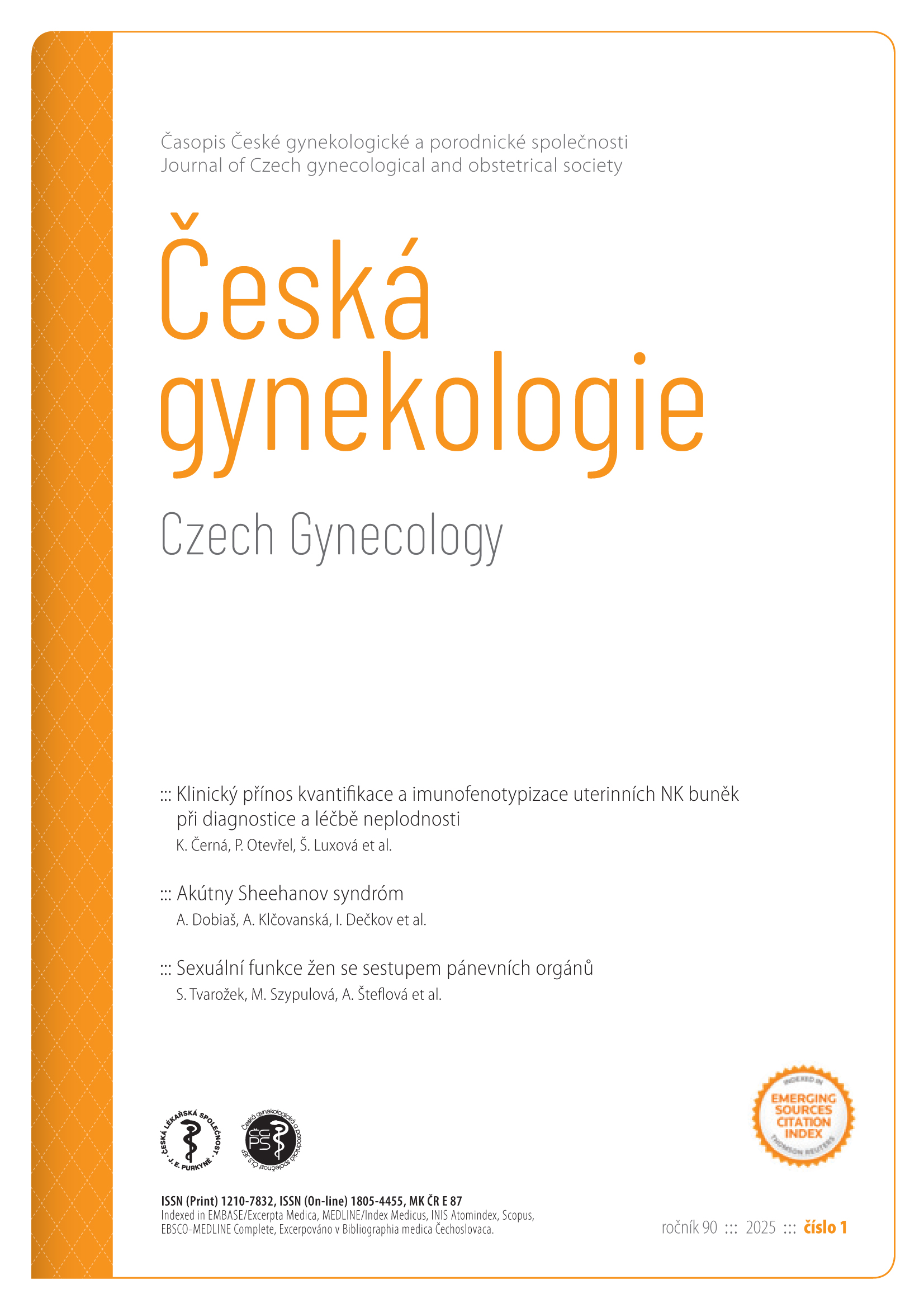Prenatal diagnosis of parasitic conjoined twins
Keywords:
conjoined twins, parasitic twins, heteropagus, prenatal diagnosisAbstract
Heteropagus or parasitic conjoined twins represent an extremely rare anomaly, occurring in approximately 1 in 1 million cases. This condition is characterized by the presence of a parasitic twin with significant congenital abnormalities attached to an otherwise typically healthy fetus. The well-developed twin is known as the “autosite” or “host,” while the severely affected fetus is termed the “parasite.” Survival of the defective twin depends on the cardiovascular system of the second, relatively normal fetus. We present the case of a 27-year-old primigravida in her 14th week of pregnancy with ultrasound findings indicating parasitic conjoined twins, specifically omphalopagus.
Downloads
Published
2025-03-11
Issue
Section
Gynecology and Obstetrics


